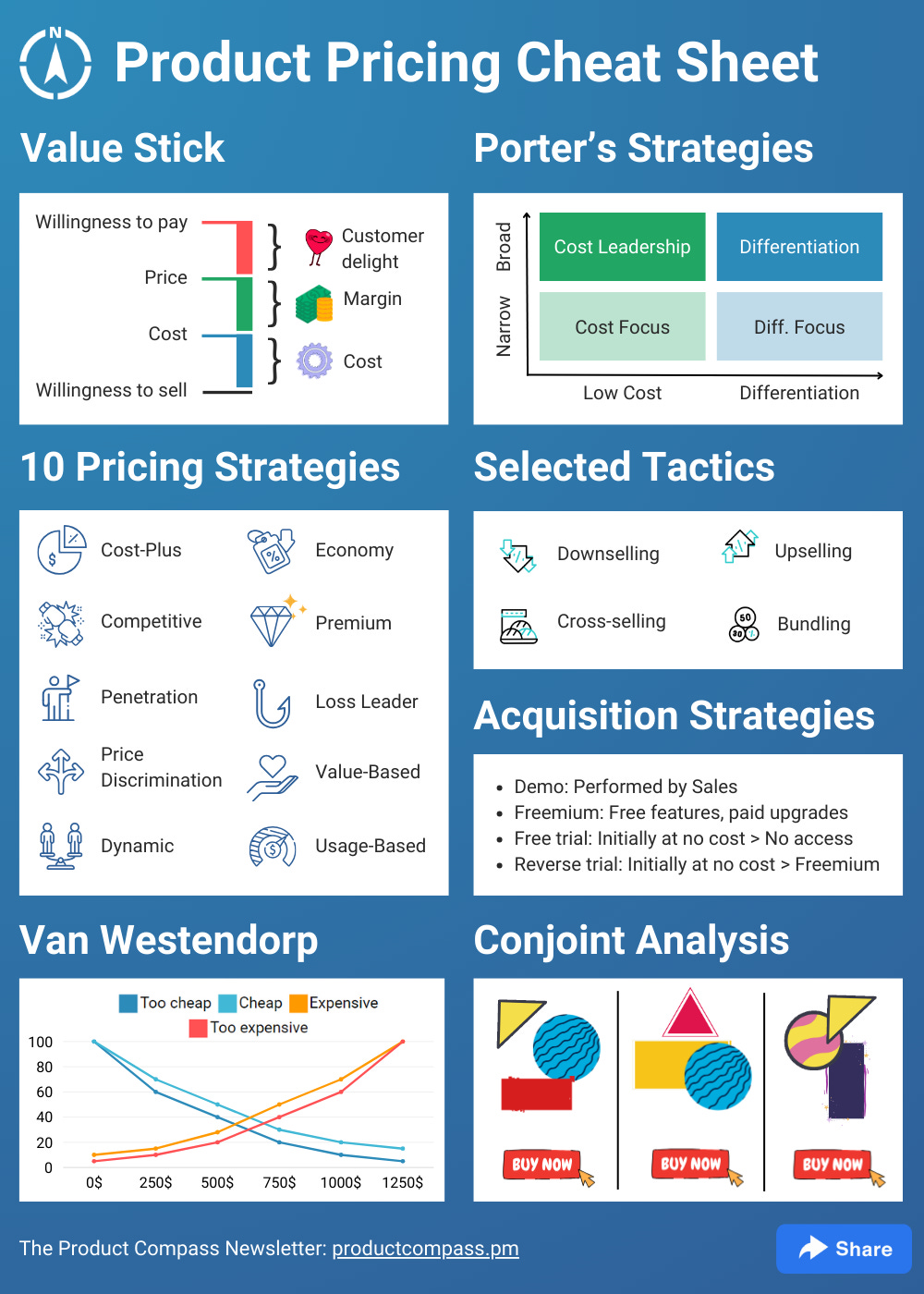Why Flexibility is Essential in Establishing Your Pricing Strategy
Why Flexibility is Essential in Establishing Your Pricing Strategy
Blog Article

Master Effective Rates Strategies to Optimize Profit
In the ever-evolving landscape of commerce, mastering reliable pricing techniques is crucial for organizations aiming to make the most of profit. A nuanced understanding of rates psychology can substantially affect customer actions and investing in decisions.
Recognizing Rates Psychology
Recognizing rates psychology is essential for organizations intending to maximize their rates techniques. This field takes a look at just how customers perceive rates and just how these perceptions influence their purchasing choices. Secret principles in rates psychology consist of the anchoring effect, where the preliminary rate provided works as a recommendation factor for customers, and the principle of cost sensitivity, which varies amongst various client segments.
In addition, businesses can utilize the notion of viewed worth, where the perceived advantages of an item or service can warrant a higher rate factor. Costs rates can produce an aura of exclusivity, bring in consumers who connect higher prices with premium quality. On the other hand, emotional pricing, such as setting a rate at $9.99 rather than $10, can substantially affect customer behavior by making prices appear extra appealing.
Additionally, deficiency and seriousness can enhance the regarded worth of products, motivating quicker getting choices. Comprehending these psychological triggers enables services to formulate prices strategies that not only drive sales but likewise foster client loyalty. Thus, understanding pricing psychology is important for efficient rates technique solution, causing enhanced productivity and market positioning.
Carrying Out Value-Based Rates

Next off, segment your clients based on their desire to pay and the worth they regard. By doing so, you can customize offerings and pricing techniques to align with various segments.
After gathering insights, set rates that mirror the optimum amount a client is willing to pay, making certain that they perceive a reasonable exchange for the value got. Interact the worth suggestion effectively, highlighting the benefits and differentiators of your offering. Continuously keep track of market conditions and customer comments to refine your prices method over time. By applying value-based prices, companies can enhance profitability while fostering long-lasting consumer commitment.
Checking Out Dynamic Pricing Designs
In today's swiftly changing market landscape, dynamic rates versions have actually become a powerful strategy for businesses seeking to optimize revenue and react to variations popular. These versions allow business to change their rates in real-time based on different elements such as customer actions, market patterns, and supply degrees. By leveraging data analytics and formulas, services can recognize optimum prices factors that make the most of sales while continuing to be affordable.
Dynamic rates can take numerous forms, including time-based rates, where prices change based upon time of day or season, and demand-based pricing, which changes rates according to existing customer demand. This adaptability not only boosts success however likewise improves customer contentment by offering prices that reflect real-time market conditions.
Implementing vibrant pricing requires a durable technological framework and a deep understanding of customer sections. Clear communication about prices adjustments can aid alleviate consumer frustration and foster trust fund, ultimately leading to sustained earnings in an affordable industry.
Analyzing Rival Prices
Keeping track of rival prices is essential for services aiming to keep a competitive side in their particular markets. By evaluating rivals' prices methods, firms can identify market trends, understand consumer choices, and readjust their rates appropriately. This analysis involves gathering data on competitors' costs, marketing techniques, and product offerings to inform rates choices.
To effectively evaluate rival rates, companies must make use of various devices and methods, such as rate tracking his response software, market study records, and client responses. This data can disclose how competitors place their product or services, permitting organizations to separate their offerings or adopt similar methods to continue to be appropriate.
In addition, it is vital to classify competitors into indirect and direct rivals. Direct competitors use similar service or products, while indirect rivals might meet the exact same customer requirement with different remedies. Understanding the subtleties in between these groups will make it possible for businesses to customize their prices strategies better.
Ultimately, continuous rival prices evaluation is crucial for making enlightened pricing decisions. It allows services to remain nimble in response to market changes, guaranteeing they can seize opportunities and minimize threats connected with prices approaches.
Reviewing Pricing Performance
Recognizing how competitor pricing affects market dynamics brings about a natural emphasis on examining rates efficiency within one's very own organization. This analysis is essential for identifying areas of stamina and chances for enhancement, eventually boosting profitability.

Additionally, conducting normal prices audits can disclose discrepancies in between expected and actual performance. This entails contrasting rates information across various sections and channels to recognize variances and determine trends. Integrating client feedback can offer insights into regarded value versus actual rates, ensuring positioning with market expectations.
Lastly, leveraging information analytics devices can help with much deeper insights into rates efficiency, allowing organizations to make data-driven adjustments (Pricing Strategy). By constantly assessing rates performance, companies can adjust to market adjustments and maximize their strategies, ensuring sustained earnings in a competitive landscape
Verdict
By leveraging prices psychology, organizations can boost viewed worth and dressmaker rates to diverse customer segments. The fostering of value-based and dynamic prices versions facilitates real-time adjustments based on need and customer willingness to pay.
Understanding prices psychology is vital for businesses aiming to maximize their pricing check here techniques. Understanding these mental triggers hop over to here makes it possible for organizations to formulate prices strategies that not only drive sales however also foster consumer loyalty. Therefore, mastering pricing psychology is crucial for effective rates approach solution, leading to improved profitability and market positioning.
By examining rivals' rates methods, companies can identify market fads, understand consumer preferences, and change their pricing accordingly. By leveraging rates psychology, businesses can enhance perceived worth and dressmaker rates to varied customer segments.
Report this page